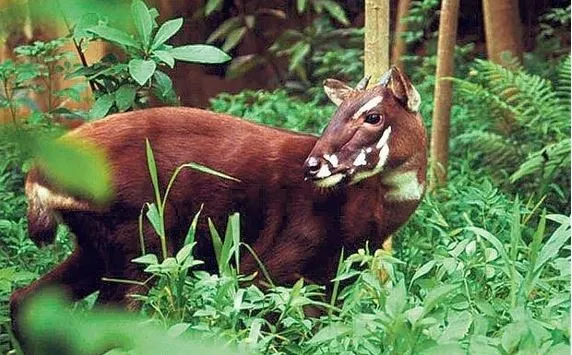

6th May 2025 (14 Topics)
Context
A new study published in the journal Cell reports the successful genome sequencing of the saola (Pseudoryx nghetinhensis), a critically endangered species native to the Annamite Mountains of Vietnam and Laos. Often dubbed the "Asian unicorn" due to its extreme rarity and elusive nature, the saola remains one of the least understood large mammals on Earth.
Key Highlights (Genome Sequencing and Findings)
- Scientists generated complete genomes for 26 saola specimens, using DNA fragments from remains collected in hunter households.
- Genetic analysis revealed that the saola population split into two genetically distinct groups approximately 5,000–20,000 years ago.
- This coincides with climatic and ecological changes during and after the Last Glacial Maximum.
- Additionally, human transitions to agriculture (~4,000 years ago) in the region likely contributed to the species’ isolation through habitat destruction, hunting, and forest fragmentation.
- Both saola populations have lost genetic diversity but in different ways, meaning:
- Their remaining gene pools are complementary.
- A genetic rescue strategy could involve interbreeding individuals from both groups to restore overall diversity.
About Saola (Pseudoryx nghetinhensis)
 |
More Articles

